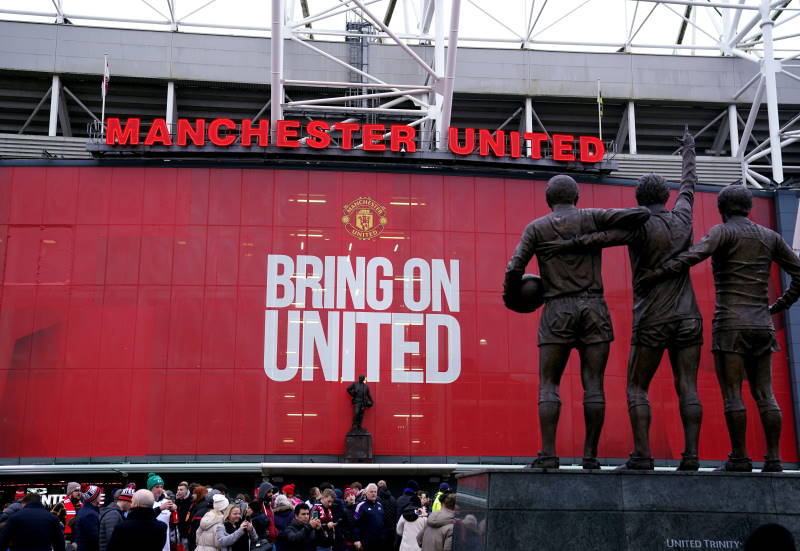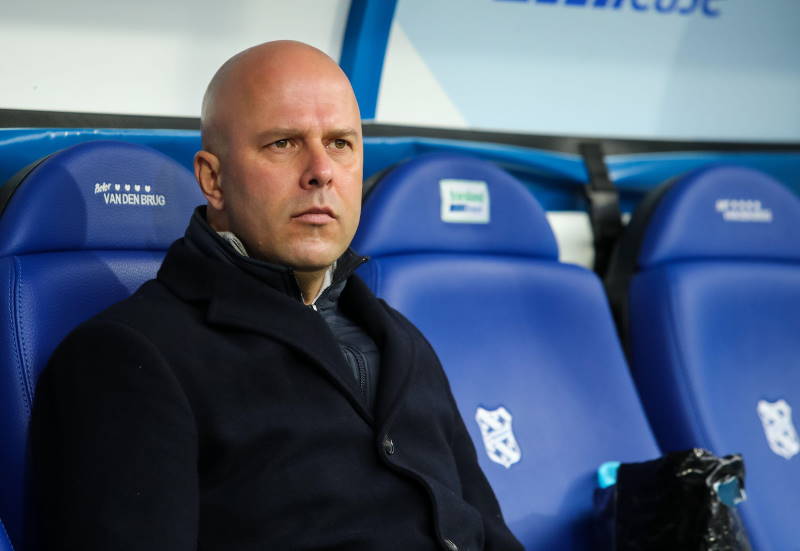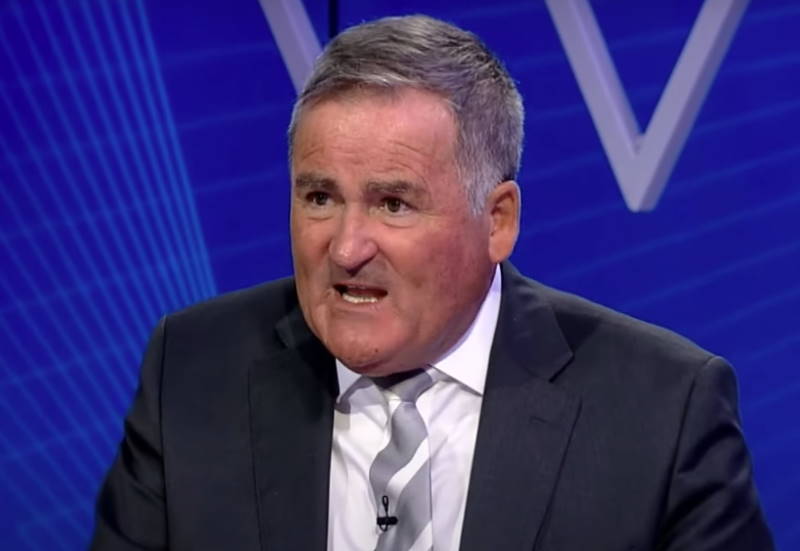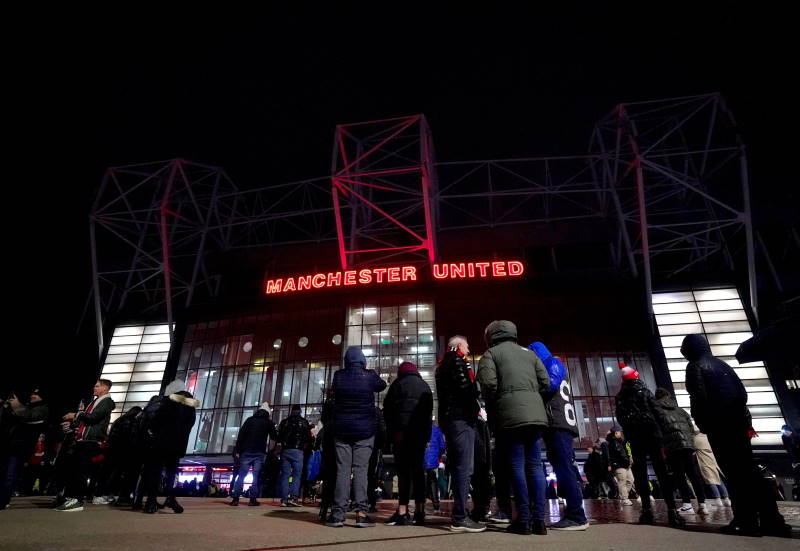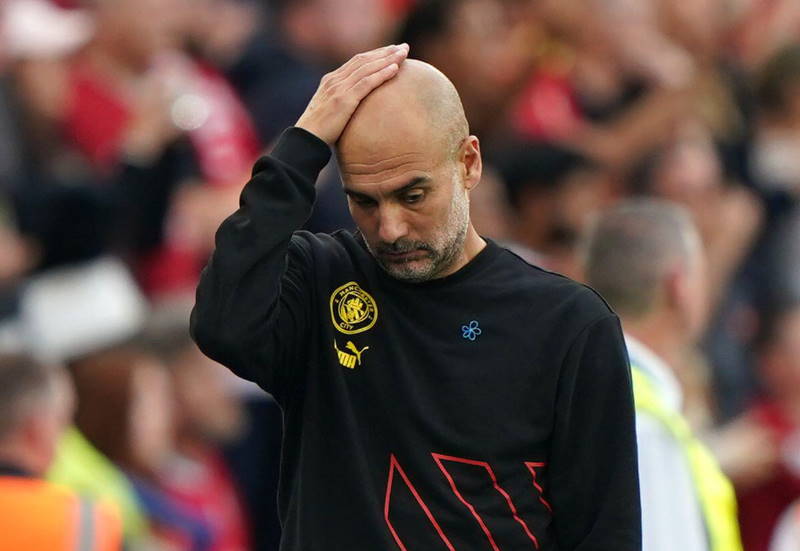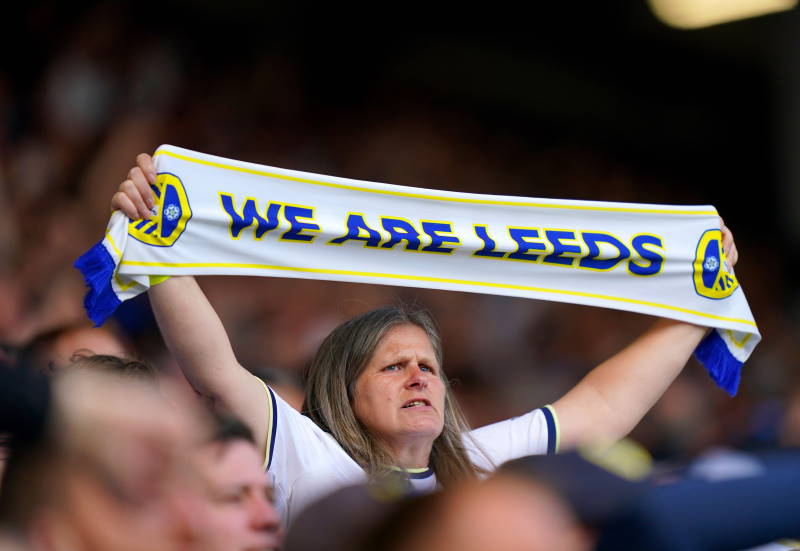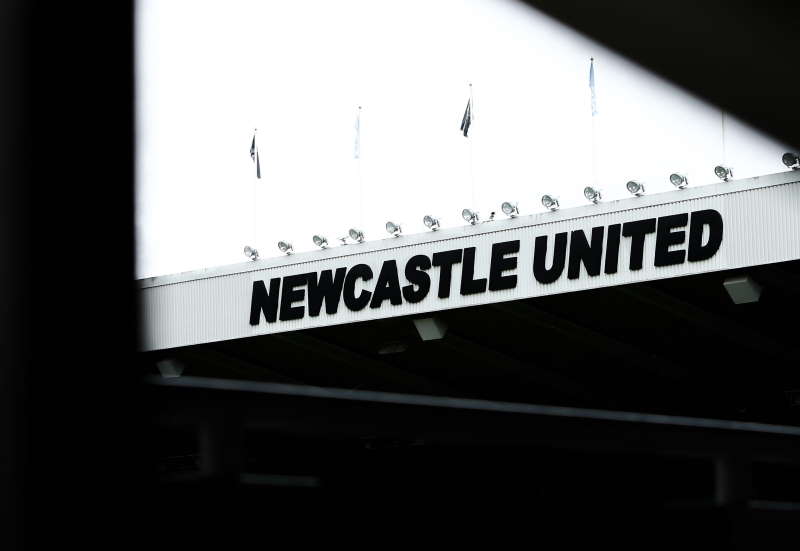
John Welsh
After a dismal 2-0 defeat at Kilmarnock on 3rd December, Aberdeen became rooted to the bottom of the Scottish Premier League (SPL). Despite being one of three teams not to have been relegated from the top flight (Celtic and Rangers are the other two), this record was looking under serious threat. A recent revival has created some daylight between the Dons and the SPL strugglers, but this is still a sad indictment for a club with such a proud history.
When Sir Alex Ferguson assumed the managerial reigns at Pittodrie in 1978, he inherited a club which had regularly challenged for domestic honours, but with few trophies to show for their efforts. In the years leading to his departure to Manchester United in 1986, Aberdeen became a major force in Scottish and European football.
Three league titles, four Scottish cups and a league cup were secured during Ferguson’s eight-year tenure, but the most significant achievement occurred in the Swedish city of Gothenburg in May 1983. On that night the great Real Madrid were defeated 2-1 by Ferguson’s team in the European Cup Winners Cup final. Players such as Willie Miller, Alex McLeish and Gordon Strachan became household names, and there was genuine competition in Scottish football.
Since then, few trophies have arrived in the Granite City, with the last item of silverware being earned in the 1996 league cup victory.
After a series of inconsistent seasons during the millennium decade during which the club flirted with relegation and qualified for Europe, Aberdeen experienced a new low point in November 2010. Beaten 9-0 by Celtic, the Dons were to suffer further defeats before manager Mark McGhee was sacked on 1st December that year.
Veteran manager Craig Brown was appointed as the Dons boss shortly afterwards, with the team languishing at the foot of the SPL. Aberdeen retained their top flight status, but some would argue that little real progress has been made under Brown’s management. Not that the former Scotland national team manager agrees, insisting recently that: “I am convinced that we are not a bad side and it will turn.”
Less than 8,000 supporters witnessed the Dons latest 1-0 win at Pittodrie against fellow strugglers Hibernian, in a ground which can hold over 22,000 spectators. The last few seasons have seen attendances dwindle, with no improvement forecast in the current campaign. Yet Brown and his assistant Archie Knox have received backing from the fans, whose anger is directed mostly against club officials, in particular chairman Stewart Milne.
For the chairman, the last few years have not been easy with falling revenue streams and the financial difficulties blighting many Scottish clubs. It is estimated that he is presiding over a debt of up to £15M. Faced with no easy solution to this problem, it was announced earlier this year that Pittodrie had been put up for sale with a new ground earmarked for Loriston Loch, on the southern outskirts of the city.
Pittodrie has been the spiritual home of Aberdeen Football Club for over 100 years and the decision failed to win outright approval from the fans. Yet the club are determined to press ahead and planning permission has been granted to demolish the ground and build 350 homes on the site.
The sale of the ground is expected to generate a bidding war among house building developers for the estimated £17M site. This will enable outstanding debts to be cleared and help to secure the finance for the £38M new stadium, with the capacity to hold 21,000 supporters. The closing date for bids to buy Pittodrie has been deferred until early 2012.
All of which begs the eternal question of whether this will help the prospects of the team. The finances of the proposed move have been questioned by various supporters’ factions, in particular the source of capital and the future budget for player acquisitions. A long term mortgage for the new stadium seems a real possibility though and with this some much needed funds may be available for the team manager.
Aberdeen for Change, AFC Supporters Trust and Red Army 12 are among several groups of fans advocating a stronger voice for the club’s faithful and more dialogue with the chairman. With the new stadium not scheduled to open until the start of the 2013/14 season however, it is difficult to gauge what can be achieved in the short term.
Craig Brown has promised the supporters that the there will be new faces arriving at Pittodrie in the January transfer window, but insisted that his budget will be limited. Nevertheless, the 71-year-old claims there will be sufficient depth in the squad to avoid the trauma of a relegation struggle.
For the fans, who witnessed the successful era of the 1980s, this may seem a recipe for a continuation of the years of apparent stagnation. But perhaps the move to a new stadium may eventually be the catalyst for an improvement in the fortunes of Aberdeen.
Until then, Scotland’s third largest city may have to wait before becoming serious challengers for domestic honours once again.


